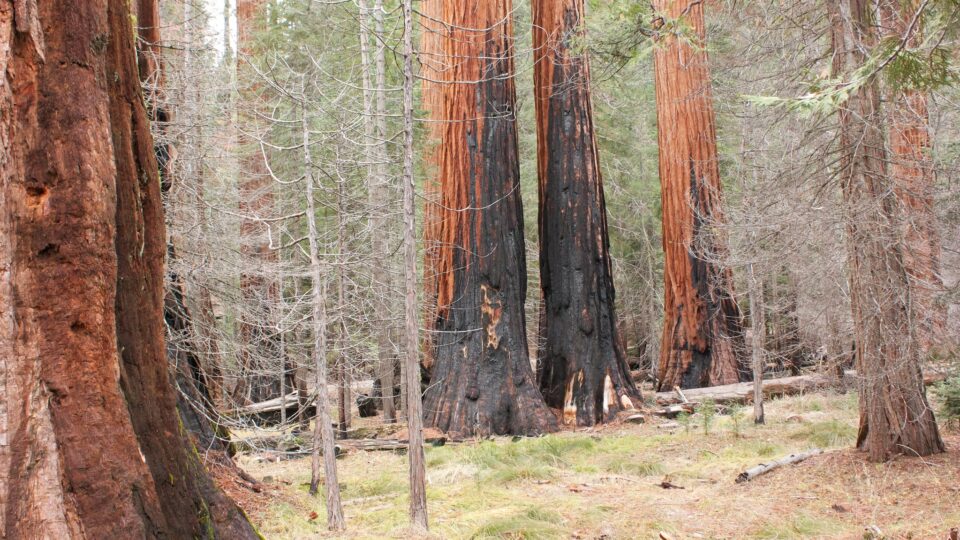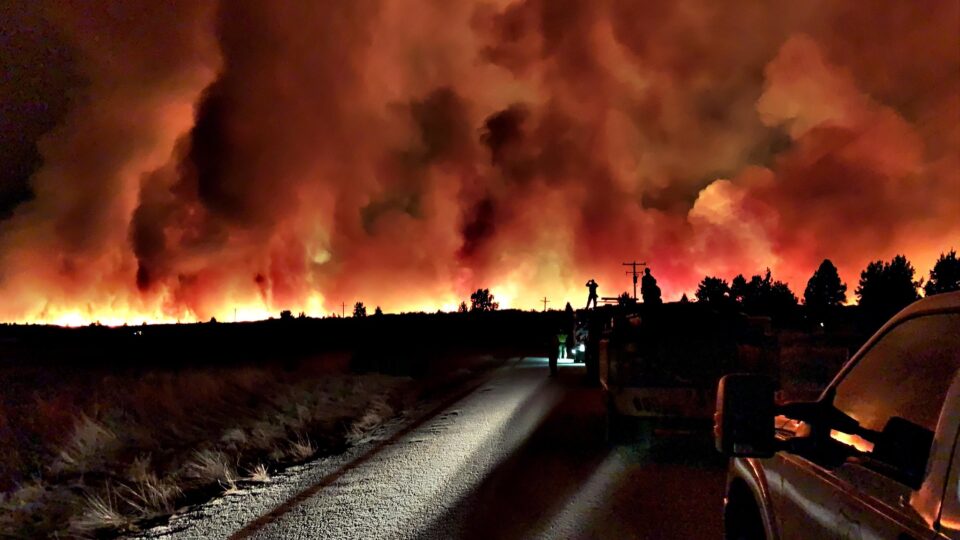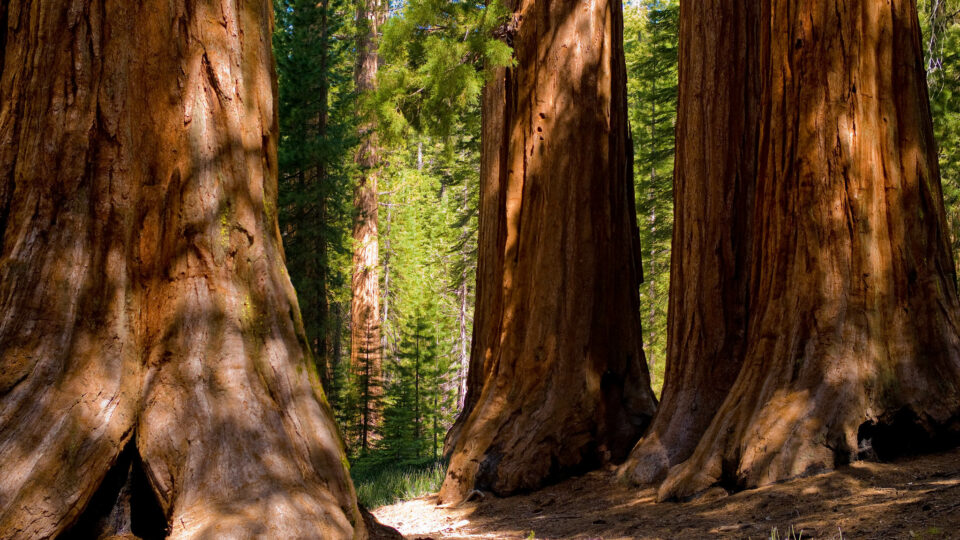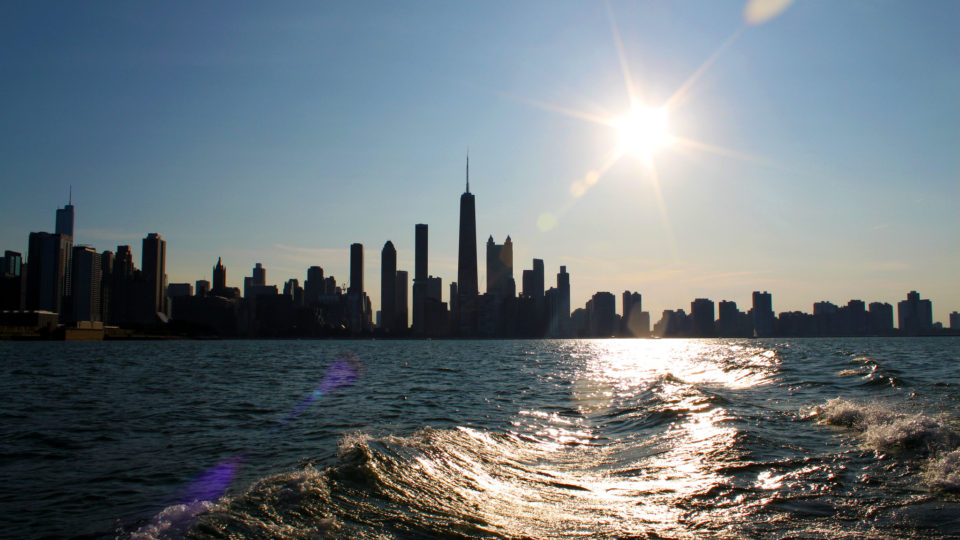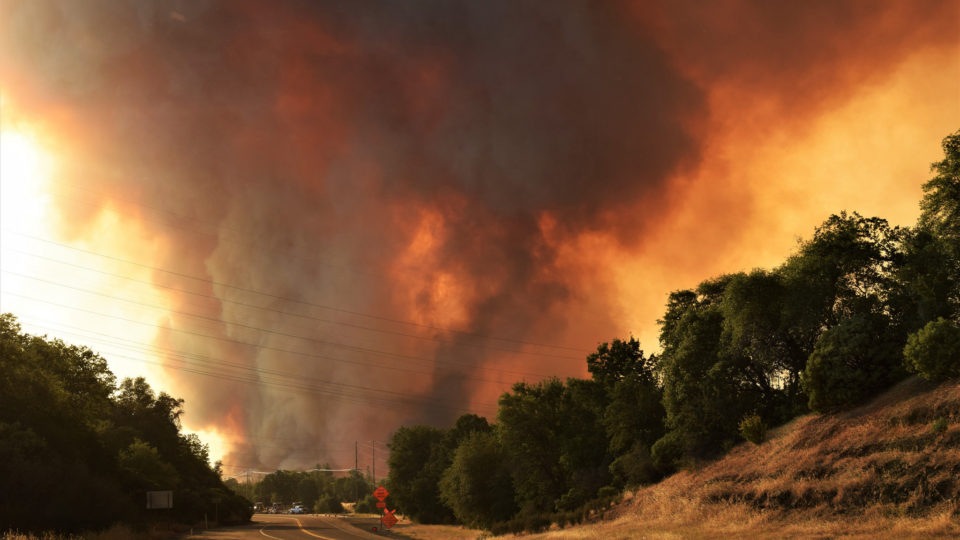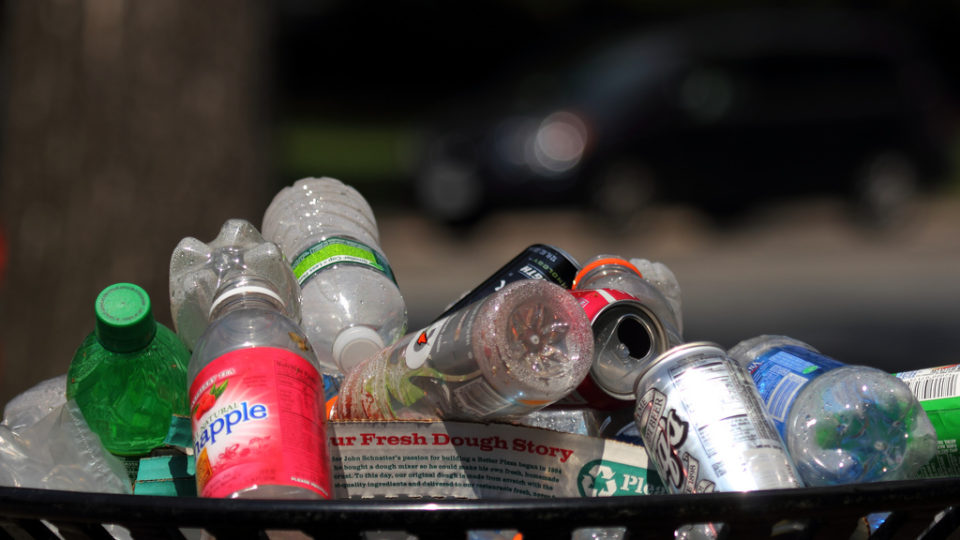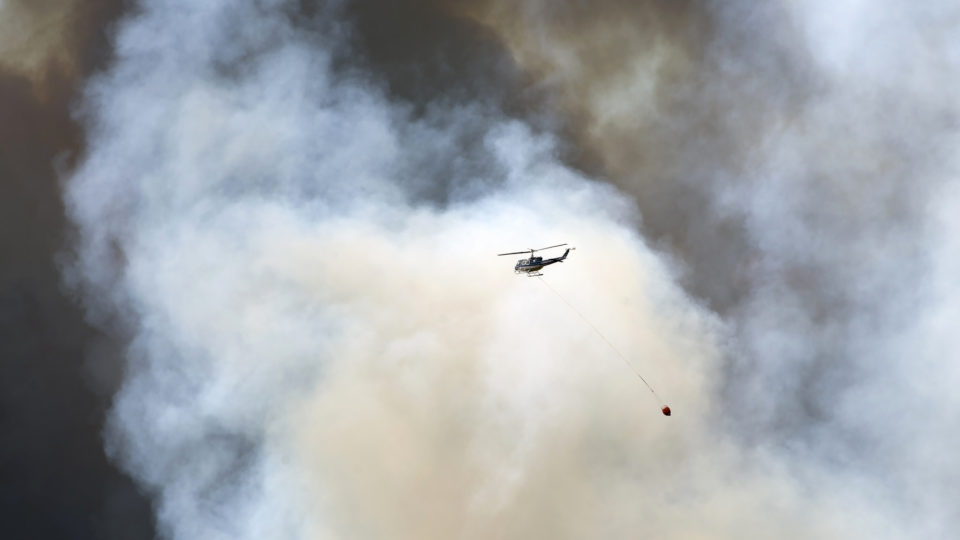Climate scientists have warned for decades that a seemingly small change in the global average temperature can lead to large changes in extreme heat. So far, the world has warmed by 1.2 degrees Celsius (or 2.2 degrees Fahrenheit) and that has been enough to cause big changes in summer heat.
This past summer was the hottest on record. The heat fueled deadly wildfires across the Mediterranean. Record highs caused Chinese cities to suspend outdoor work. Weeks of triple-digit temperatures in the U.S. southwest led to heat-related hospitalizations and deaths.
But not every recent summer has been hotter everywhere. Even this summer saw average or even colder than average temperatures in some places. But the distribution of summer temperatures across the Northern Hemisphere has shifted dramatically in recent decades.
Less than 1% of summers in the middle of the 20th century were extremely hot for their location. Over the past decade, more than a quarter of summers were extremely hot for their location.
Between 1950 and 1980, about a third of summers across the hemisphere were near average in temperature; a third were considered cold; a third were hot. Only a few summers in a few places were either extremely cold or extremely hot. Over the past decade, the vast majority of summers have either been hot or extremely hot.
We experience summer weather in the location where we spend our time, and it is entirely possible that our own experience may have been unremarkable. We may even have had a cool, rainy summer. But on a global scale, summers are getting hotter and hotter and making it harder to ignore what is happening to our planet.
*********
Web Links
It’s Not Your Imagination. Summers Are Getting Hotter.
Photo, posted August 21, 2022, courtesy of Bonnie Moreland via Flickr.
Earth Wise is a production of WAMC Northeast Public Radio

